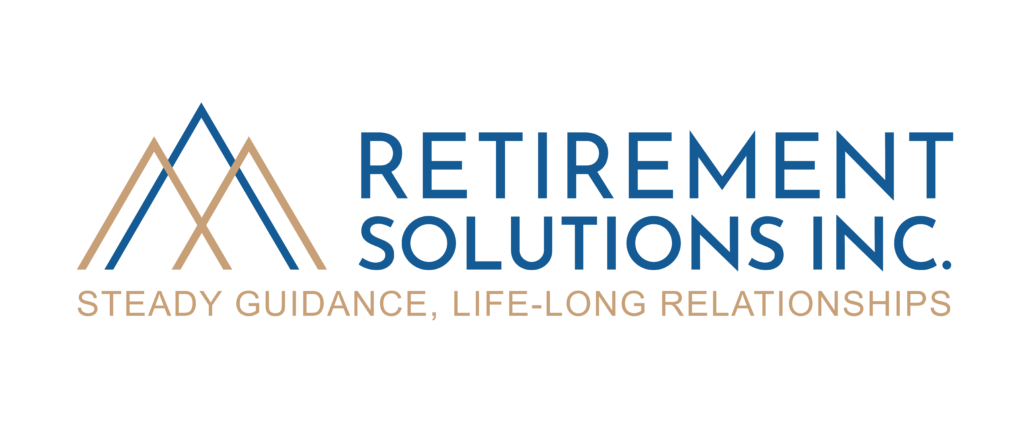How to Maximize Your Social Security Benefits
Planning for your Social Security benefit isn’t just about estimating the monthly check you’ll receive in the mail. There’s a right way and a wrong way to look at Social Security.
S
The wrong way
I need this money as soon as possible because I paid into the system and deserve it.
The right way
I need to get the most money that I can over the long haul.
Social Security benefits are essentially pre-paid annuities that are adjusted for inflation and issued by the most financially secure insurance company on the planet: the federal government. You need to consider how to protect against the key risks of retirement and maximize this valuable income stream so you can meet your financial goals.
Delay Claiming Your Benefits
If you claim your benefits as soon as possible, you’ll only receive a percentage of your full benefit. This is why most smart strategies for maximizing Social Security benefits involve some form of delay.
Your benefit is partially influenced by your full retirement age, which is determined by the year that you were born. You can find your full retirement age by visiting the Social Security Administration website or talking to a financial professional.
Ideally, you’d wait until your full retirement age to claim, but you can maximize your benefit even further. With every year after that you wait to claim after your full retirement age, the Social Security Administration (SSA) adds a yearly 8% delayed retirement credit to your monthly payout until age 70.1
If you wait until age 70, you may have to tap into your retirement savings until it’s time to claim. This creates risk—if you don’t live past 70, you’ll never benefit from the system you paid into. But the risk of claiming early generally outweighs the risk of claiming later.
For example, if a married couple with retirement savings waits until age 70 to claim, but doesn’t live that long, their quality of life is unlikely to suffer—even if they never receive their Social Security benefits. But if the same couple lives into their 90’s, receiving more money after age 70 instead of claiming a smaller benefit at age 62 could help ensure a consistent quality of life.
Take an Honest Inventory of Your Health
With that being said, no strategy is one-size-fits-all. The ideal time to apply depends on your personal circumstances.
When considering the best time to claim, you should also take inventory of your health and lifestyle. What’s your personal and family health history like? Do you have an acute or chronic condition that could affect your longevity? If you don’t expect to live for a long time due to severe illness or other factors, applying for benefits earlier may be right for you.
Review Your Records Online
Create a my Social Security account online to monitor your future benefits and start to plan.
Once you set up the account, review your Social Security earnings record regularly. Your full retirement benefit is determined by the 35 years of your life that you earned the most income. If your record is wrong, you have a limited amount of time to correct it and ensure that your benefit will be accurate.2 Reviewing your records may also help you see how much waiting to claim benefits could increase your monthly Social Security income.
Speak with a Professional
Social Security is complex and there are many ways to maximize your benefits. Speak with a qualified financial professional who can help you get the most out of your benefits, evaluate the personalized risks of retirement, and tailor your plan to your financial goals.
SOURCES
- “Understanding the Benefits.” Social Security Administration, 2021. January 1. https://www.ssa.gov/pubs/EN-05-10024.pdf.
- “Time Limit for Correcting Earnings Records.” Social Security Administration, 2009. September 1. https://www.ssa.gov/OP_Home/handbook/handbook.14/handbook-1423.html.
- https://abm.emaplan.com/ABM/MediaServe/MediaLink?token=ec6503a47df346eba5e2a7f8a8911fc7




